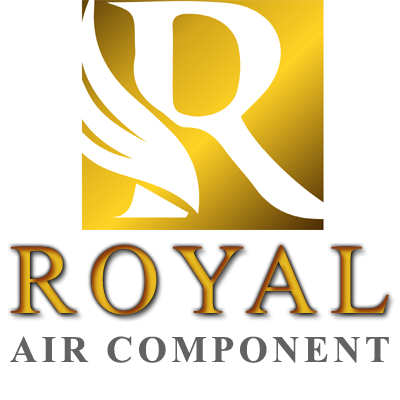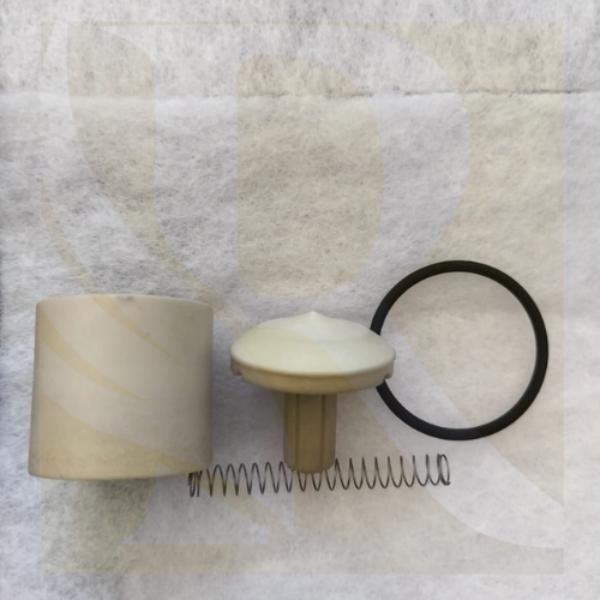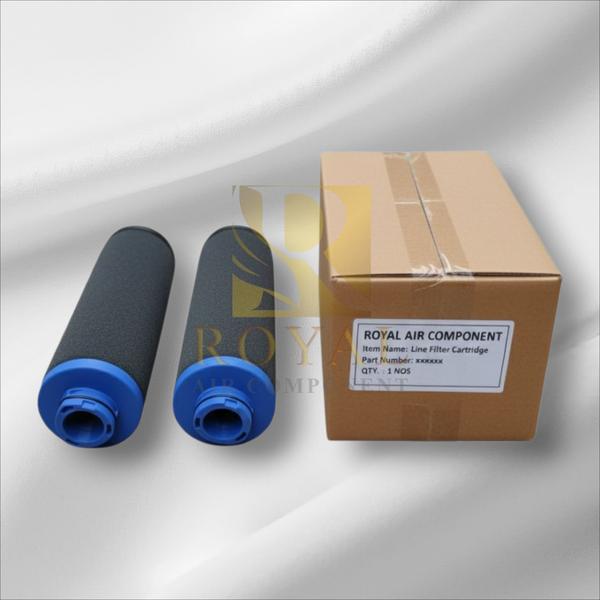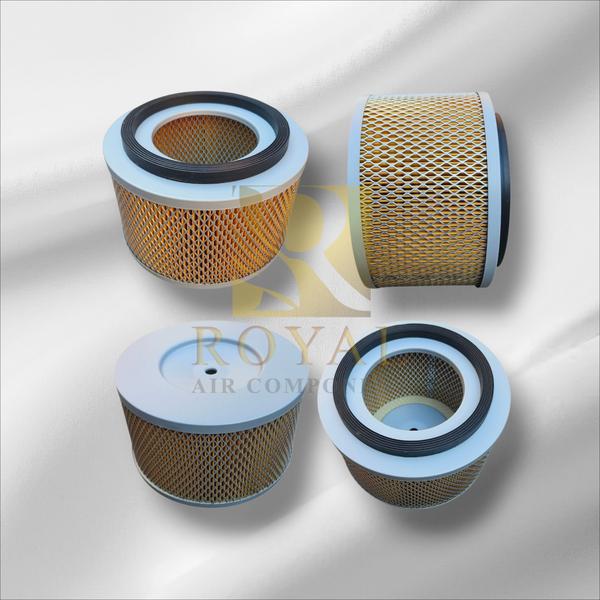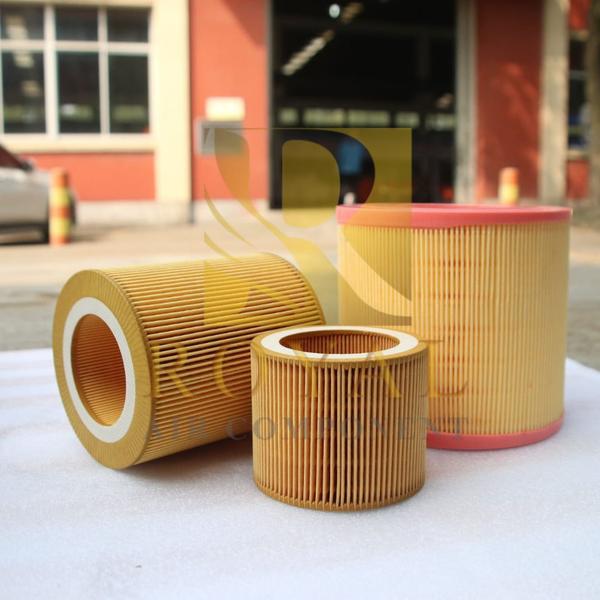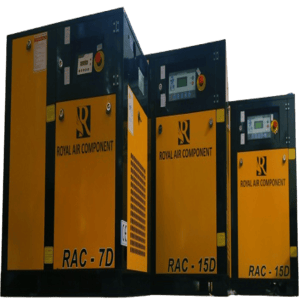
A screw air compressor is a type of air compressor that uses two interlocking helical screws, known as rotors, to compress air. Unlike traditional piston compressors, which rely on a reciprocating motion to compress air, screw compressors operate with a continuous, smooth, and rotating motion. This makes them more efficient, reliable, and quieter in operation, making them widely used in industrial and commercial applications.
How a Screw Air Compressor Works:
> Air Intake: Ambient air is drawn into the compressor via an intake valve.
> Compression: The air is then funneled into the compressor's rotor chamber, where two interlocking screws (one male and one female rotor) rotate at high speeds. As the rotors rotate, they trap and compress the air in the cavities between them.
> Increasing Pressure: As the rotors continue to rotate, the trapped air is progressively compressed, reducing its volume and increasing its pressure. This process happens continuously, which makes screw compressors more efficient than piston compressors, which have a cyclical operation.
> Discharge: The highly compressed air is then released through a discharge valve for use in pneumatic tools, industrial systems, or other applications.
Types of Screw Air Compressors:
> Oil-Injected (Lubricated) Screw Compressor: In these compressors, oil is injected into the screw mechanism to lubricate the rotors and help with cooling. The oil also acts as a seal between the rotors, increasing efficiency. After compression, the oil is separated from the compressed air through filters.
> Oil-Free Screw Compressor: These compressors do not use oil for lubrication, making them ideal for applications where air quality is critical, such as in food, pharmaceutical, and electronics industries. They rely on precise engineering to prevent friction and wear between the rotors.
Advantages of Screw Air Compressors:
> Continuous Operation: They can run continuously without the need for frequent starts and stops, making them ideal for 24/7 operations.
> Efficiency: Due to the continuous, smooth operation of the rotors, screw compressors are often more energy-efficient than piston compressors.
> Less Vibration and Noise: The smooth, continuous motion of the rotors results in lower vibration and quieter operation.
Durability: Screw compressors are designed for long-term use with minimal maintenance, making them a reliable choice for heavy-duty applications.
> Compact Design: They tend to be smaller and more compact than piston compressors, saving space in the workplace.
Applications:
> Industrial and Manufacturing: Used in factories, production lines, and workshops where compressed air is needed for tools, machines, or automation systems.
> Food and Beverage Industry: Oil-free screw compressors are used to ensure that the air is clean and free from contaminants that could affect the product.
> Mining: Powering pneumatic tools and equipment in mining operations.
> Automotive: Used in automotive production and repair shops for various air-driven tools.
> Screw compressors are highly versatile and reliable, making them a popular choice for many industries that require compressed air solutions.
Keywords
lower vibration
run continuously
electronics industries
increasing pressure
efficient reliable
compressors oil
air quality
trapped air
air compressor
popular choice
repair shops
tools machines
reliable choice
rotors results
frequent starts
rotors advantages
prevent friction
precise engineering
applications types
rotors continue
rotors rotate
high speeds
commercial applications
reliable making
stops making
lubrication making
piston compressors
rotating motion
reciprocating motion
compressed air
highly versatile
food pharmaceutical
screw mechanism
operation making
automotive production
discharge valve
interlocking screws
continuous smooth
screw air compressor
highly compressed air
workplace applications industrial
rotors increasing efficiency
rotors screw compressors
makes screw compressors
intake valve compression
smooth continuous motion
continuous smooth operation
female rotor rotate
interlocking helical screws
cyclical operation discharge
minimal maintenance making
compressors rotor chamber
mining operations automotive
automation systems food
factories production lines
progressively compressed reducing
